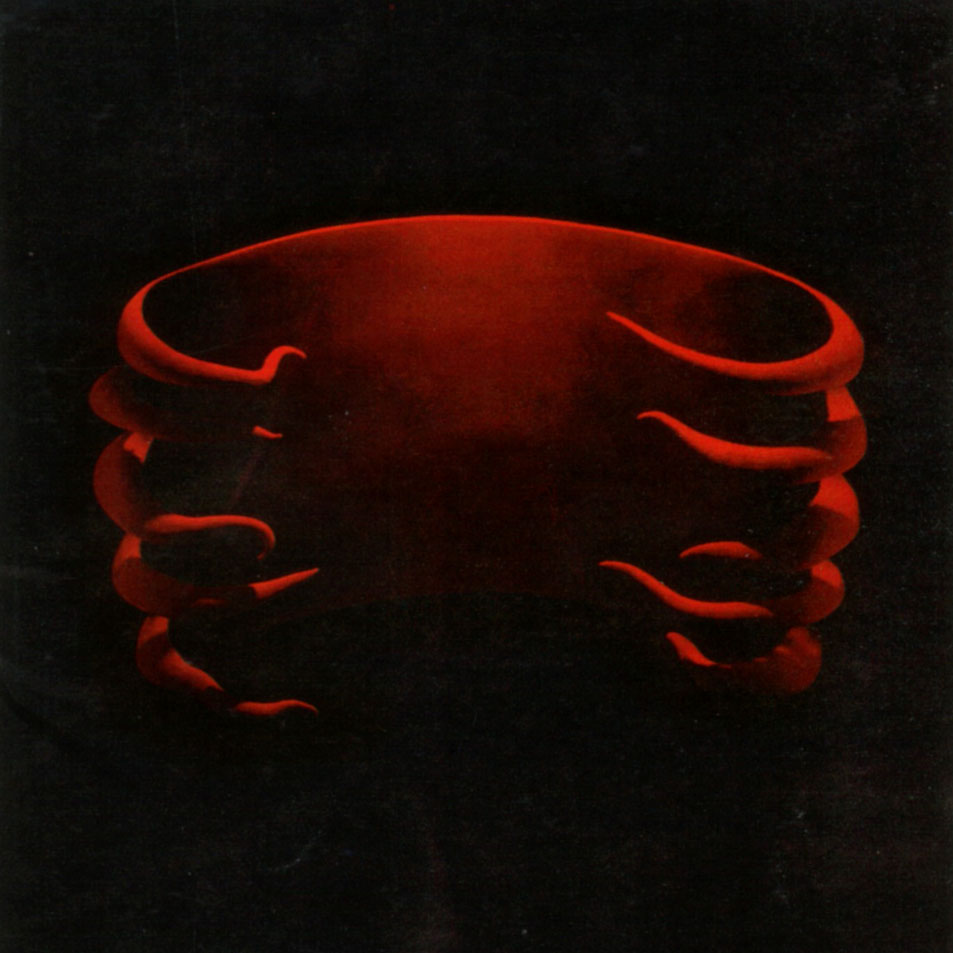When Tool headlined 2009's Lollapalooza in Chicago, they were the most popular act on the bill by several light years. Hours before they started playing, people started filling up the field around their stage, politely ignoring whoever happened to be on before them. That year, Animal Collective, fresh off of Merriweather Post Pavilion, were the darlings of virtually every music critic in America, but when their set on an adjacent stage went a minute or two over and threatened to cut into Tool's time, that crowd got tense. And when Tool came on: Instant rapture. A sea of fratty faces bellowing along. Jumbotrons blasting scenes of puppet-torture into the faces of thousands. And all this love was for a band of perverse prog-metal weirdos who switch up time-signatures without warning and keep their faces hidden in shadow for entire shows. It was a vastly different scene from the band's first encounter with Lollapalooza, playing second on the touring main stage in 1993, after Rage Against The Machine but before Front 242 or Arrested Development or Fishbone. So how did this band reach a place where their presence could cast a huge shadow over an entire major American music festival? Undertow, and album that turns 20 tomorrow, is the beginning of the reason why.
Spring 1993 was near the height of the post-Nirvana alt-rock explosion, and Tool were, at the time, pretty much considered a grunge band. They were one of many single-syllable thud-rock bands who signed major-label deals around that time: Paw, Tad, Sponge, Prong. "Sober." In photos, Tool looked like just another rock band; like so many of the harder alt-rock bands of their day, they could show up next to Jackyl or Tora Tora in Hit Parader and not look out of place. "Sober" got light rotation on alt-rock radio. A friend who saw them at that Lollapalooza says that "they were OK" but doesn't remember much beyond that. And of all their albums, Undertow is certainly the one that most reflects its time, and it's also the dumbest. "Bottom" has a half-embarrassing Henry Rollins spoken-word rant smack-dab in the middle. "Disgustipated" has sheep-bleats and a sarcastic televangelist sermon on the intro. "Disgustipated" is also called "Disgustipated," which is just about the most eighth-grade title you could possibly give a rock song. On most CD editions of the album, it's also a hidden track, showing up at track 69 after a bunch of one-second-of-silence tracks. That's a total eighth-grade move, too. And Undertow is accessible in a way that the band never would be again. "Sober" and "Prison Sex" are, more or less, five-minute radio singles. They're really good five-minute radio singles, too.
But from another angle, the Tool of Undertow is close to being full-formed, not that far removed from the band I saw onstage at Lollapalooza a couple of years ago. The actual sound of the album is pretty much where it's been ever since, the thunderous low-end continuing to churn even as it switches up time-signatures, the guitar wielded as a blunt-force weapon rather than a knife, Maynard James Kennan frantically chasing his vocals back down his own throat. The whole album hangs together as one long, cohesive wallow in bad feelings, and it makes that bad-feeling place sound like a pretty nice place to be. It's an intense, immersive album, one that feels like it belongs entirely to its own context, and albums like that have a way of developing their cults. Other bands like White Zombie (or, not too long after, Marilyn Manson) were developing deep groove-metal throb not too different from what Tool had, but they were doing it with a vague tongue-in-cheek self-awareness all too common to the early '90s. Tool were deathly serious about everything, and Keenan sounded like he had to sing every one of the album's opaque condemnations. 20 years later, that inward sincerity has served the band well, even as the Al Jourgenson-derived carnival-barker aspects of Keenan's persona have become their own beast.
But the album wasn't enough to turn Tool into what they are now. On later albums, they sanded down the rough edges, got rid of the Rollins spoken-word stuff. And the real beginning of Tool's cult can probably be traced to the first time the band's "Prison Sex" video aired on Headbanger's Ball. This was the time when music videos still played a huge part in telling us who a new band was, and Tool's decision not to appear in their own videos felt deep and radical. And the nightmarish Harlan Ellison/Brothers Quay lunacy of the puppet hells that the "Prison Sex" video showed us left a pretty deep impression on a 13-year-old me. I can remember that video dividing a birthday-party sleepover I was at, drawing a clear line between the kids who were creeped the hell out and the ones who were drawn in and intrigued. Two decades later, Tool have become stars by drawing lines like that one, and the world is a slightly more interesting place with them around.
[videoembed size="full_width" alignment="center"][/videoembed]
[videoembed size="full_width" alignment="center"][/videoembed]






